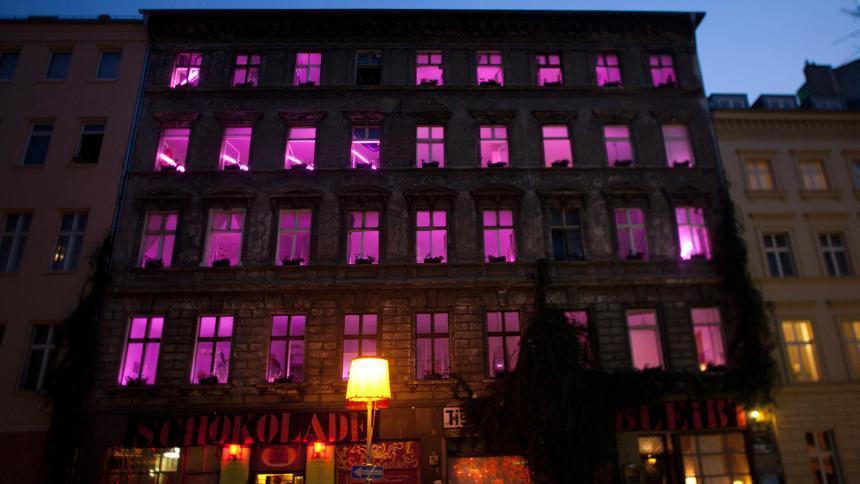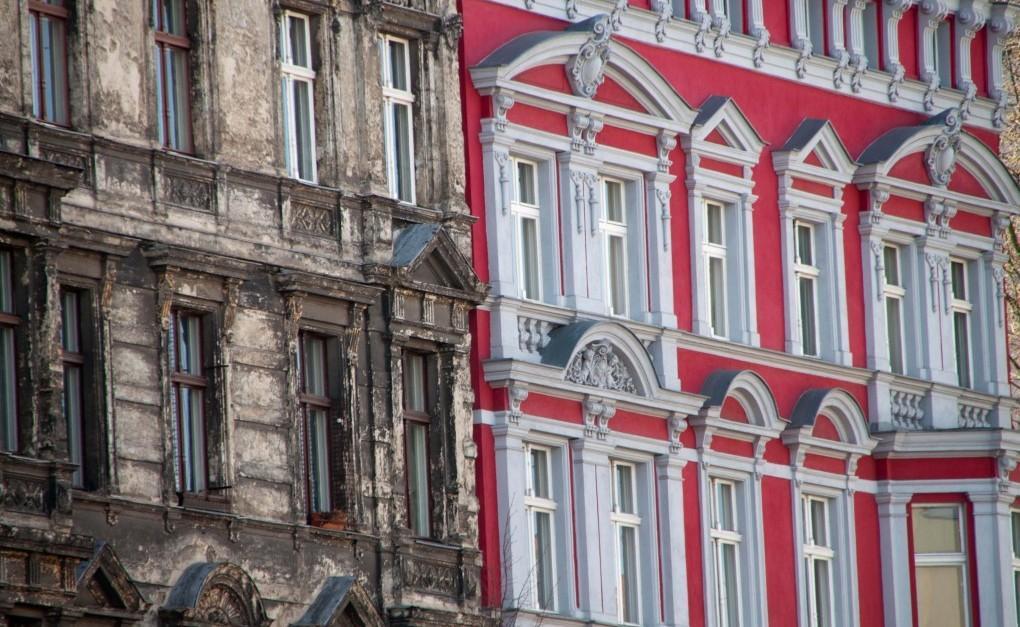Berlin, thirty years on
“This will come into effect, as far as I know, immediately, right away,” stuttered a confused German Democratic Republic (GDR) spokesman, on November 9th, 1989, at a press conference after reading out in perfect technical jargon the new travel regulations allowing East German citizens to travel to the West at short-notice and without conditions via visas handed out on the go by border officers. Foreign correspondents in the room were quick to grasp the political and practical implications and broadcast in the evening news that the Wall was open.
Citizens from East Berlin were able to receive West German news via TV and radio and once they heard what their dictatorial regime had just announced, the news spread like a wildfire. In no time huge crowds gathered at the various border checkpoints from East to West Berlin, eventually forcing the uninformed border officers to let them through.
What was meant to announce an orderly procedure for the following week, ended up as a spontaneous late-night party in which hundreds of thousands of Berliners from East and West celebrated the new freedom. Since then, crowds cheering on the Berlin Wall in front of the Brandenburg Gate have come to symbolize the enthusiastic beginning of the German reunification.
Thirty years later, the German capital is celebrating the anniversary of the fall of the Berlin Wall. Although now the period of a unified city has outlasted the time of division by that physical barrier (1961–1989), November 9th is still engraved in Berliners’ memories as the date marking a turning point in the city’s history.
Since that night in 1989, Berlin has undergone drastic changes, like no other city in the West, socially, economically, politically and culturally.
Shortly after the Berlin Wall opened, reunification of East and West Germany followed, as the former GDR became part of the Federal Republic of Germany, adopting its political, economic and legal system. The new joint parliament in Bonn voted 51.5% to 48.5% to move the seat of government to the previously declared capital of Berlin.
This close decision had major repercussions for the shape of the city in the following years. As ministries and embassies with all their staff had to move from the Rhine 600 kilometers eastwards, excavators and cranes started to shape the skyline of Berlin in the 1990s, turning it into the largest construction site in Europe. During the time of the division, there had been no major buildings next to the Wall on the Eastern side as it had to be left clear for unobstructed surveillance. With the upcoming political and administrative relocation, large areas on both sides of the so-called “death strip” were chosen to become the city’s new center – Berlin-Mitte.

In addition to the refurbishment and new constructions being built for housing, administrative and commercial space, major infrastructure projects were launched, the new central railway station took shape, as did the soon-to-be inaugurated international airport, both considered as crucial hubs for central Europe.
When talking about the importance of large-scale construction projects and new buildings in the 1990s in Berlin, however, there is another aspect that needs to be highlighted. The construction euphoria also entailed the abandonment of old buildings such as factories and warehouses.
These venues came to be used (often semi-legally) by a young generation of Berliners developing their own musical subcultures, especially the techno scene, which led to the creation of new clubs and music labels. They took their passion to the streets with a techno party under the slogan “Peace, Joy and Pancakes”. During the ‘90s, this initially low-key party became the famous Loveparade festival, increasing dramatically in size, importance and participants every year, eventually hosting 1.5 million ravers around the Brandenburg Gate in 1999 and turning Berlin into the party capital of Europe. After reaching its peak, in the new millennium this euphoria was steered indoors, as Berlin is now home to some of the most important clubs for electronic music in the world. Particularly the famous Berghain, which takes its name from two Berlin districts, Kreuzberg from the former West and Friedrichshain from the former East is known around the world, not only in the techno scene.

Over the past thirty years, Berlin has developed into the host of a variety of global events beyond music festivals. The international film festival known as Berlinale celebrating actors and film-makers is one of the most important events in the film industry globally. It awards the prestigious Golden Bear, the city’s heraldic animal since 1280. In sports, the Berlin Marathon regularly sets world records since it has one of the fastest circuits and the race is in the same league as its prominent counterparts in London and New York. During the 2006 FIFA World Cup, all eyes were on Germany as the host country and particularly Berlin, hosting not only the final, but enormous international crowds celebrating football on the streets. Berlin proved to be both welcoming to fans from all over the world, all while waving the German flag without evoking ghosts of the past.
A kind of open spirit has also reigned in the city council as its political leaders have been forced to be creative, considering the mandates from their citizens. Amid the move of the federal government as a leap in the unknown, the Berlin city council also became home of political experiments. Whereas the 1990s were relatively stable, mostly led by a center-right CDU (Christian Democratic Union) mayor supported by the center-left SPD (Social Democratic Party) in a great coalition, with the turn of the millennium, ever new constellations were governing the city. A major shift was certainly the coalition of the social democrats with the PDS (Party of Democratic Socialism), the successor party of the GDR’s state party SED (Socialist Unity Party). Surprisingly that coalition lasted for almost a decade, followed by another coalition of CDU and SPD. While the German party system is clearly shifting, the current city council reflects just that – an almost equal three party alliance of SPD, Greens and the Left (Die Linke). All the polls carried out in the past year indicate that the city will likely have a Green mayor for the first time in the next elections.
The city’s government is also a reflection of the social fabric, which has shifted significantly in recent decades. Former East Berlin boroughs such as Prenzlauer Berg and Friedrichshain, have been populated by domestic and often affluent migrants. Similarly, formerly unsafe or precarious areas such as Neukölln and Kreuzberg have received a major influx of international migrants, in many cases working for emergent start-ups or established high-profile companies, being able to spend more money on housing. This has resulted in rapidly increasing rents, driving locals or long-time settled people out of these areas. The new element of solvent residents has led to a somewhat more global lifestyle in these areas, where is it is not uncommon to be served in English when ordering a soy vanilla latte or a vegan chocolate cake in a hip café.

At the same time, certain areas on the fringes, both East and West, have barely changed compared to the rest of the country over the past thirty years. Their residents refuse the idea that there is a proper city center, although the newly created district Mitte means just that. Many of them prefer to stay locally and rarely leave their boroughs, which have somehow remained as homogenous as before the fall of the Wall.
This shows that although central Berlin has opened up to the world and the rest of the country, the city has somehow turned from a divided one, not into a totally united one, but rather into a fragmented metropolis. For it to truly grow and evolve together it might need another thirty years.
